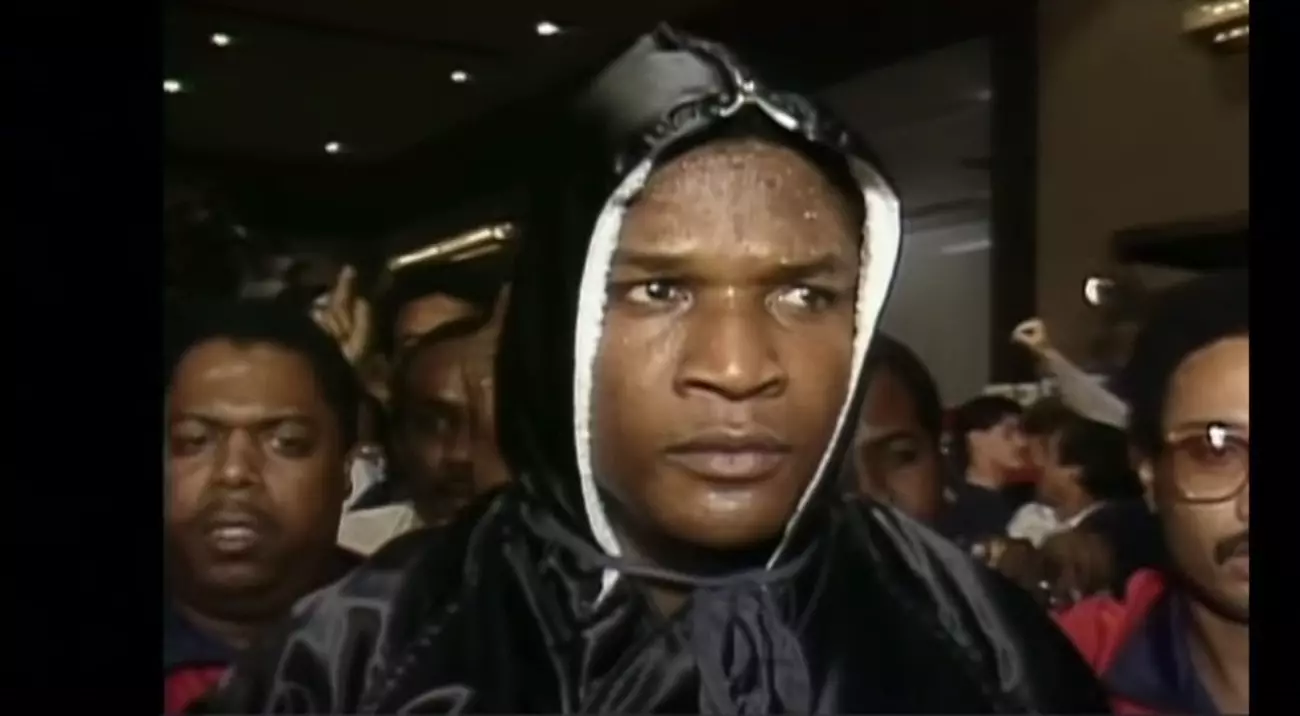The Unforgettable Ascendance of Mike Tyson: A Legacy of Triumph and Tumult
Hey there, fellow boxing enthusiasts! If you’re anything like me, there’s something truly captivating about a story that combines raw talent and the complexities of personal struggle. Today, we’re diving into the unforgettable journey of Mike Tyson—a name that’s synonymous not only with power and ferocity but also with one of the most compelling legacies in sports history. With a career marked by incredible highs and some equally dramatic lows, Tyson’s path through the boxing world is both inspiring and cautionary.
It was 38 years ago when Tyson carved his name into the annals of boxing history by becoming the youngest heavyweight champion ever. Facing Trevor Berbick for the World Boxing Council (WBC) heavyweight championship, Tyson delivered a performance that still resonates today. Reflecting on this pivotal event not only sparks nostalgia but also highlights the rollercoaster ride that was Tyson’s career—from meteoric success to unexpected challenges. Come along as we relive this incredible journey and explore what made Mike Tyson a legend.
Key Takeaways
- Mike Tyson became the youngest heavyweight champion at just 20 years old.
- His iconic fight against Trevor Berbick showcased his unmatched power and precision.
- Tyson’s career was marked by both phenomenal victories and significant personal struggles.
The Rise of a Champion
Tyson’s championship fight against Berbick was nothing short of extraordinary. In just two rounds, he demonstrated dominance that left fans worldwide in awe. Known as “Kid Dynamite,” Tyson unleashed his signature left hook and right combinations with such precision that Berbick found himself overwhelmed. Despite being a seasoned fighter, Berbick fell three times from a single devastating left punch to the temple. This moment not only solidified Tyson’s prowess but also served as a chilling reminder of his formidable presence in the ring.

In the aftermath of this iconic fight, Tyson’s reflections revealed a deeply personal side to his journey. He pondered what his late mentor, Cus D’Amato, would have thought about his triumph, highlighting the emotional connection Tyson had with his training regime. The pressure to fulfill D’Amato’s legacy weighed heavily on him, even as he aspired to become not just the youngest but also the oldest heavyweight champion—a dream he would ultimately not achieve. This desire for greatness was both inspiring and heartbreaking.
Meteoric Ascension
Following his victory over Berbick, Tyson’s rise through the heavyweight division was rapid and commanding. He dismantled his opponents with ease, leaving behind a trail of defeated challengers. One of his most legendary victories was against Michael Spinks, which lasted less than ninety seconds. During this period, Tyson’s raw power seemed almost mythical, earning him an aura of invincibility among fans and commentators alike. Each fight further cemented his reputation as an undisputed champion for a time.
The Turning Point
However, Tyson’s rapid climb wasn’t without its challenges. His swift victories eventually led to a lack of competition that sparked boredom within him during fights. This sense of complacency foreshadowed vulnerabilities that would later lead to his dramatic downfall. The boxing world witnessed this change beginning with his unexpected defeat to Buster Douglas in February 1990—a loss that stunned fans and marked the onset of a turbulent phase in his career.
Tyson’s notoriety isn’t solely rooted in his early triumphs; it also stems from the struggles he faced thereafter. His legacy is a compelling duality—he was both an intimidating predator who ruled the ring and a fallen champion grappling with personal demons. This journey resonates deeply with fans as it reflects both the fragility of success and human resilience. Despite numerous setbacks, Tyson’s ability to reinvent himself has ensured he remains a prominent figure in sports history even decades later.

A Lasting Legacy
Many fans today look back on Tyson’s knockout victory over Berbick with admiration. It symbolizes sheer power, skill, and unfiltered adrenaline—a snapshot of greatness in its prime despite its fleeting nature. Whether adored or criticized, Tyson’s legacy endures as an ever-present narrative balancing transcendent athletic prowess against fame’s darker sides. His story continues to inspire discussions about discipline, redemption, and perseverance within boxing circles worldwide.
Final Thoughts
As boxing continues to evolve into new eras and styles emerge across rings globally—Mike Tyson’s unforgettable performances stand as testamentary echoes reminding us all why we fell in love with this sport initially: pure excitement coupled unpredictability at every turn! Even if Trevor Berbick never saw what hit him—that day taught valuable lessons discernible throughout ups downs defining journeys such legendary boxer’s life—making sure we won’t soon forget impact left behind ring hearts aficionados everywhere keeping tale alive debated celebrated endlessly rich tapestry woven by history itself!
Mike Tyson
boxing legacy
heavyweight champion
sports history


Leave a Reply